|
|

Number 2 East Street, was badly affected by the subsidence. The doors jammed and the occupants couldn’t get out. The nightwatchman’s hut was in the yard of number 2 in this photograph. He was on duty because of the coal gas in the mains and had to go round at night testing for gas and for water leaks. Numbers 2 and 3 East Street had to be demolished because of the damage.
Image and information courtesy of Eric Johnson.

Eric Johnson took this set of photographs recording the damage caused to houses in Gladstone and East Streets by the collapse of mine workings c.1962. This is the view looking up the backs with Gladstone Street on the left and East Street on the right. The gas and water mains were broken in several places and the road had to be dug up.
Image and information courtesy of Eric Johnson.

Damage to the walls of numbers 4 and 5 East Street caused by the subsidence is clearly visible!
Image and information courtesy of Eric Johnson.

Houses at the bottom of Gladstone Street were also affected. Cracks appeared in the walls and the bricks on top of this yard wall lifted. When they were repaired three houses were knocked into two.
Image and information courtesy of Eric Johnson.
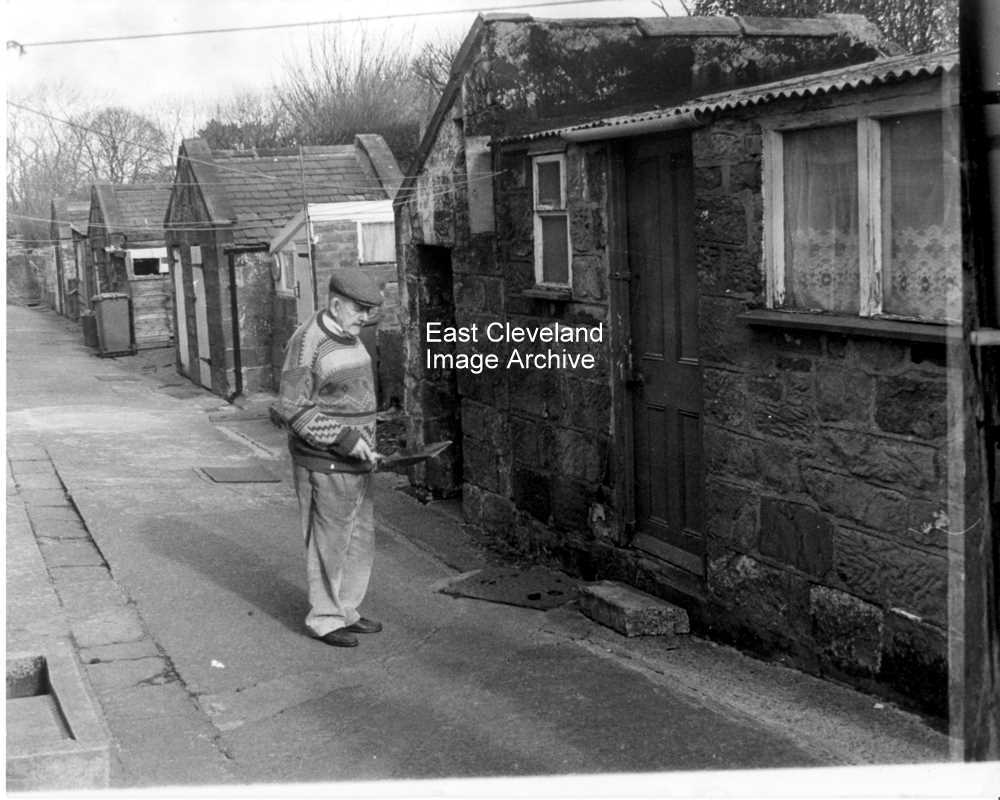
Mr Jim Fishlock approaching the coal house and former outdoor toilets at South Loftus ; in the days before flush toilets, ash pans were used and emptied each week by a council dustbin lorry. Dustbin men in those days were colloquially known as ‘night soil men’!
Thanks to Paul Brown for the update.
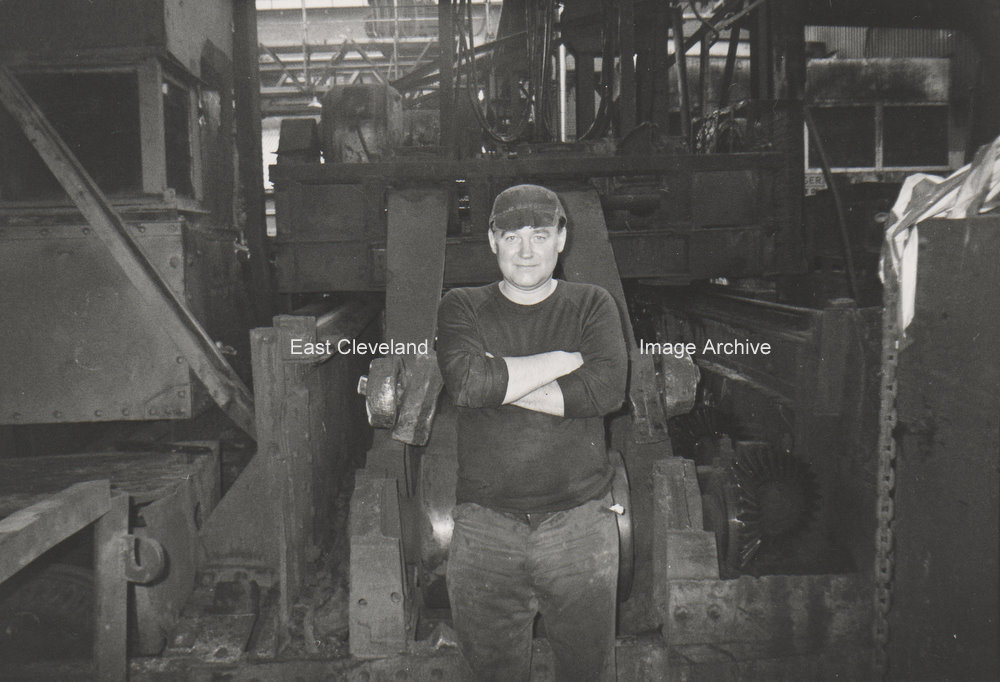
Eric Johnson featured (at work) in front of the Wash Heater Charger, which forms part of the 36 inch Mill at Skinningrove works. Eric drove; 30 years after driving the chargers on the Talbots. Full circle. Paul Dodsworth told us: “I also drove the mill charger for quite a spell taking over from Bill Noble of Liverton Mines. I used to follow on the shift pattern from Jerry Jarvis also from Liverton Mines.”
Image courtesy of Eric Johnson and many thanks to Paul Dodsworth for the update.
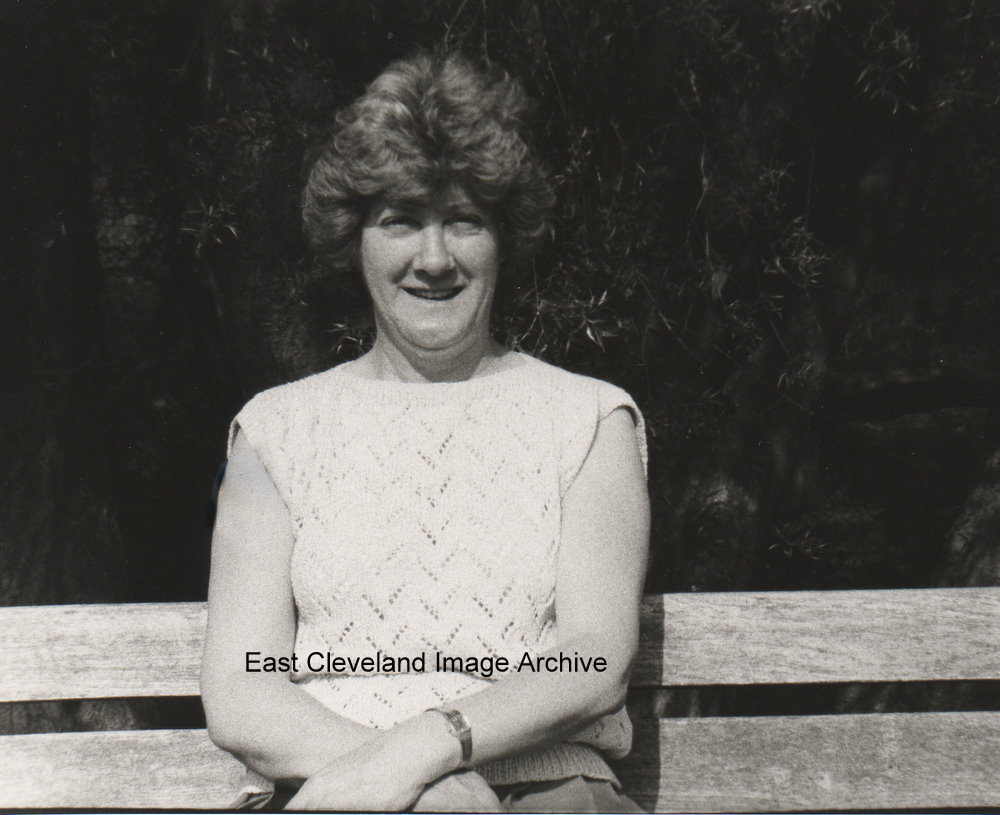
Doris Johnson photographed by Eric Johnson (a regular contributor to this site – with numerous supporting and informative comments). Eric still does not know where he took the photograph. Can anybody else help?
Image courtesy of Eric Johnson.
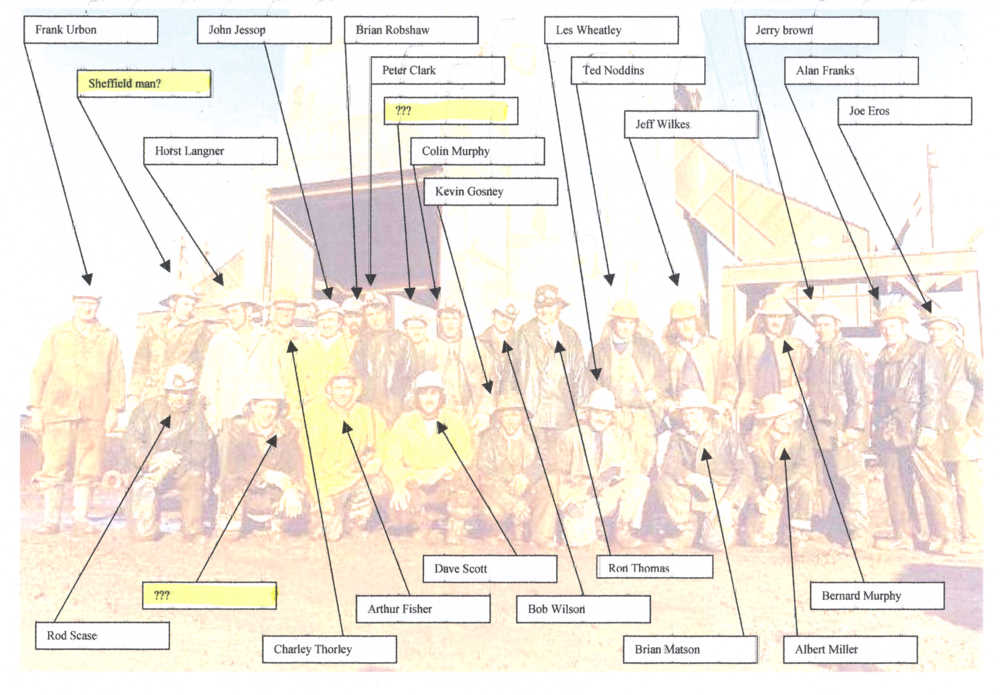
The names (where known) of the shaft-sinking crews from Boulby Potash Mine who broke the European Shaft-sinking record with 400 feet in 30 days on the 4th February 1971 on the Rock Shaft. (This record was beaten again during the sinking of the Main Shaft).
Image courtesy of Alan Franks.
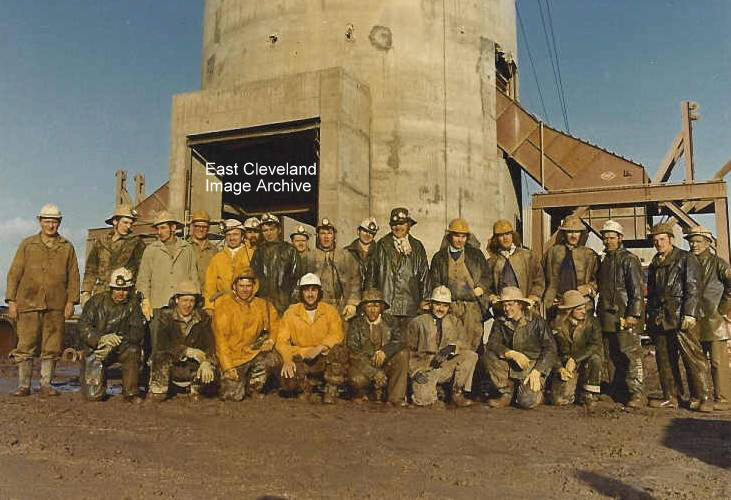
This is an image from an archive we were given access to. It shows the shaft-sinking crews from Boulby Potash Mine who broke the European Shaft-sinking record with 400 feet in 30 days on the 4th February 1971 on the Rock Shaft. (This record was beaten again during the sinking of the Main Shaft). The names of the men (where known) are on a separate post. Phillip Smith tells us: ”My granddad James Stanley Smith worked as a steel fixer whilst the shaft was being sunk.” Steve Peirson also tells us: ”Hi! Yes you are correct I was at Boulby also at Whitemoor from 3rd March 1980 to 23rd August 1985; from start to finish. I was on no. 1 shaft and finished off no 2 shaft, they were tough days; my works number was 10. I worked with Mick Lanigan, Dennis Shepard, Eddie Catron, Mick Libby, Barry Johnson, Les and Neville Wheatley, George Cox, Jacker Porriit and the late Terry Lofthouse; Liam and Charlie Johnson and worked with many, many more good lads!” M. Cundy tells us: ”I also can remember all names listed at Whitemoor, especially Dennis Shepard the winder driver. I too started in February 1980 till the end of sinking. There were many problems least of all when water chased the working platform back up the shaft quicker than winder could winch it on No 2 Shaft. Working in Foraky frozen shaft early on was a trauma for the sinkers too I recall.” We also have a request from Gary Hayes: ”Hi all, I am looking for some information on my father (Wilf Hayes), I can remember going with him on numerous occasion (I think in the late sixties) to the Cleveland Potash Mine; he worked for a German firm called Deutag. He was from Mansfield in Nottinghamshire and so was several other crew members. If any one could give dates when this was and any other information on him and crew members would appreciate it? Many thanks.” Steve Peirson further tells us: ” Deutag did the drilling around the rock shaft in 1970 for Foraky, to freeze the ground while the shaft was being sunk. I remember it I was only twenty at the time and work for the mine construction consortium.”
Image courtesy of Alan Franks and thanks to Phillip Smith, Steve Peirson, M. Cundy, Joan Webster, Gary Hayes and Alan for the updates and memories.
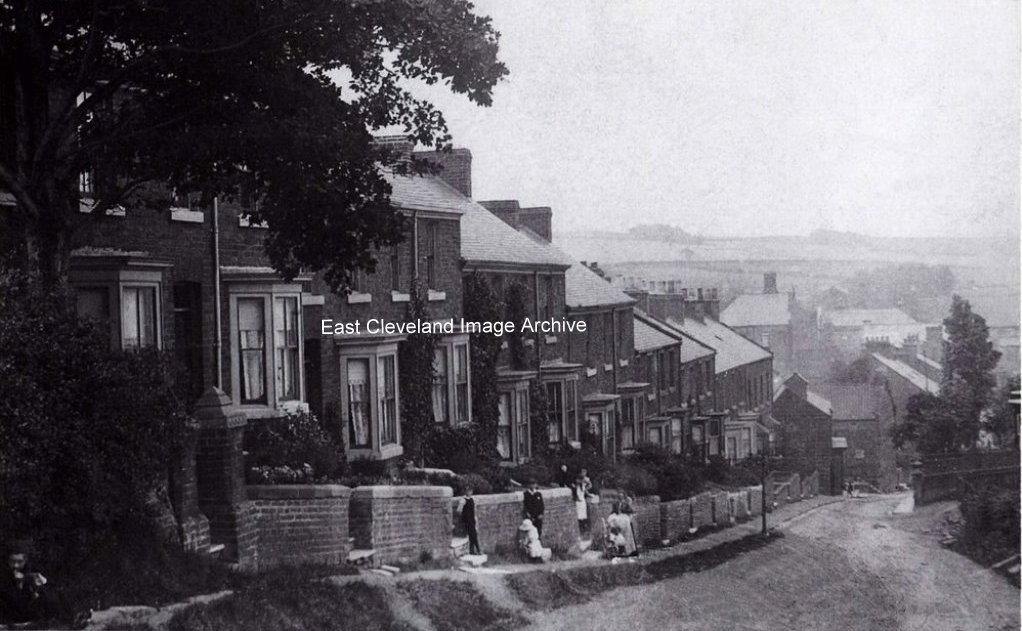
Next one is Loftus Seymour Hill. we are baffled a little with this one, as the building in the center right which would be to the right of the Market place seems unfinished on the right hand Gable end. The angle of the shot is a little confusing but it must be looking at the Church area as the spire is visible. Seymour Hill is well established with trees growing and well established gardens. Paths from the gardens to road are well-worn and it is an old gravel road. The bay windows of the houses of Robinson Terrace are just visible on right. Come on you historians, fill in the rest.
Adam Cuthbert suggests “The building could be the former NatWest (previously National Provincial) Bank or the Golden Lion.”
Image courtesy of the Pem Holliday Collection, Derick Pearson and Joyce Dobson, also thanks to Adam Cuthbert for the update.
Page 3 of 12«12345...10...»Last »
|
|










Recent Comments